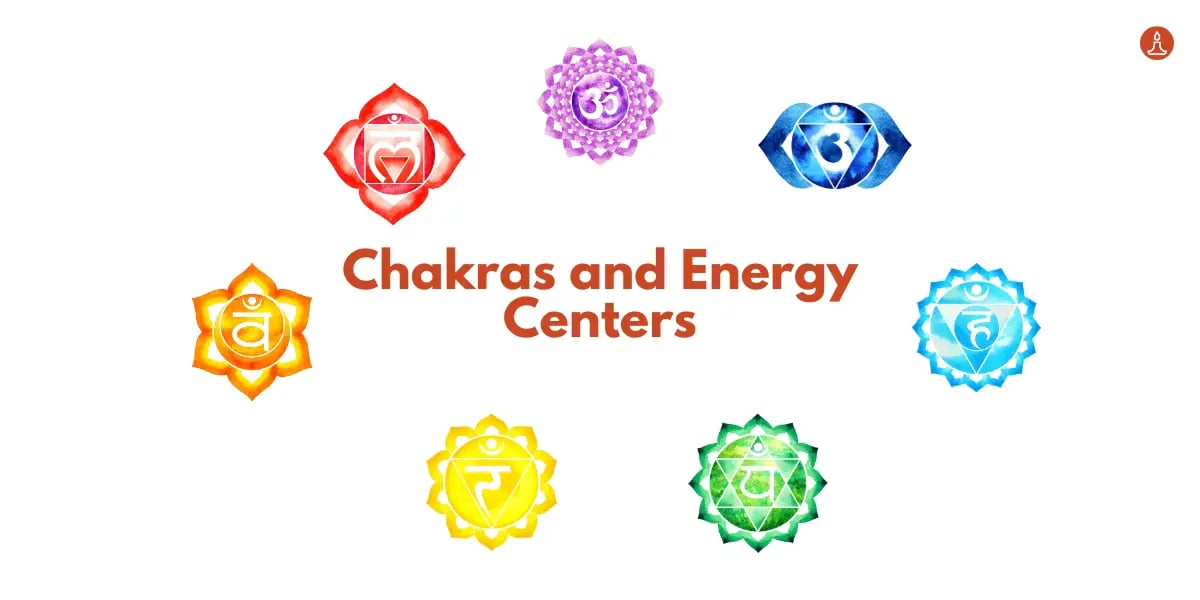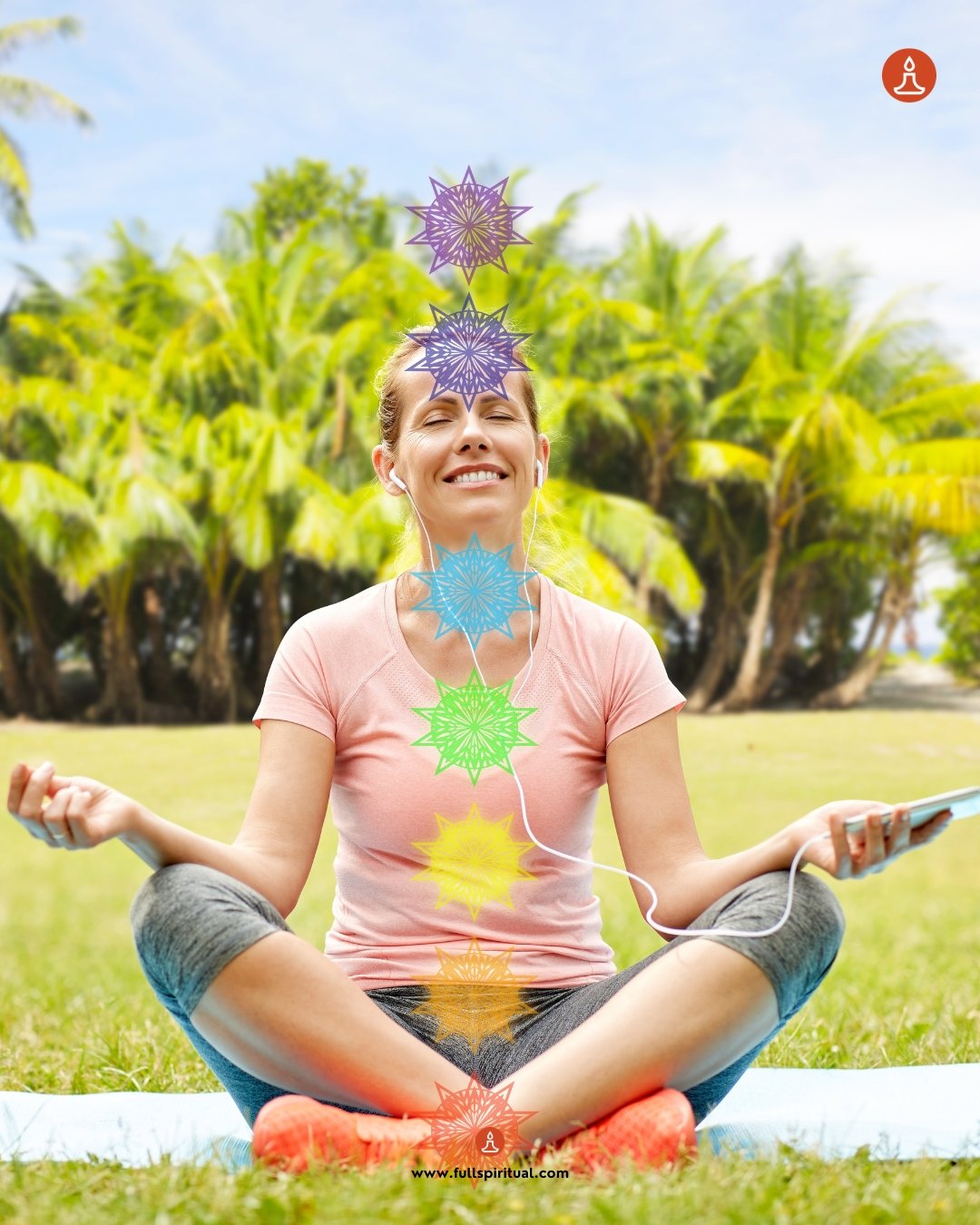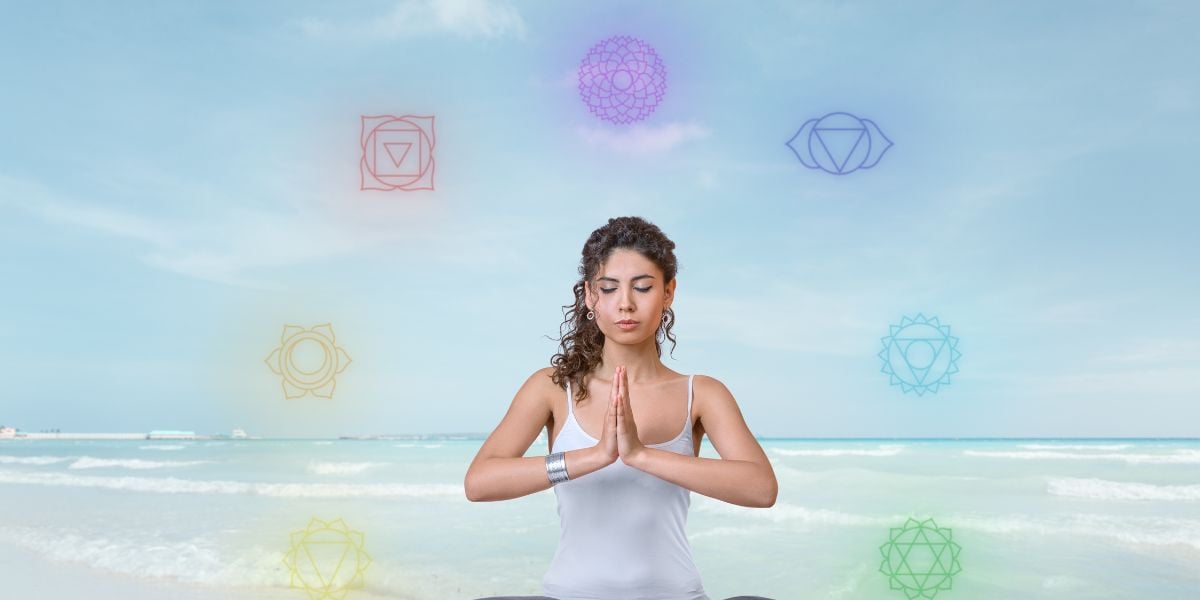Chakras
Unlock the Hidden Power Within: Discover the Secrets of Chakras and Energy Centers for Mind-Blowing Transformation!
The word ‘chakra’ is a Sanskrit word meaning “wheel” or “circle”, which aptly describes the essential interconnection of all living things. Every organ, tissue, and cell in your body possesses chakras – biological structures that serve as traffic lights for optimal health and well-being!
The chakras are foundational structures located within our bodies. They function as conduits for life force or prana; they act as portals through which we can channel spiritual energies from the cosmos into our physical being. As such, these centers play an integral role in maintaining our physical vitality and well-being.
What Are Chakras?

Chakras are Sanskrit terms for energy points in the human energy system, which are similar to auras. They are located along and around the spinal column, from the top of the skull all the way down to the pelvic region.
Chakras enable you to harness your natural potential and enhance your levels of consciousness. For instance, when you progress into higher chakras, you will experience an increase in self-knowledge and spiritual awakening.
Unlocking higher chakras isn’t just about gaining familiarity with them; it’s about cultivating that knowledge and understanding how they function. Answering these questions is a crucial first step in accessing optimal energy flow:
Where Are the Chakras Located in the Body?

Your chakras represent the core of your being and are the source of all your well-being, happiness, and spiritual awareness. Understanding how each chakra is connected to its counterpart in various yoga postures offers a deep insight into one’s energetic system; this knowledge can facilitate an increased understanding of one’s life experiences and potential for self-growth.
Yoga poses such as triangles, lotus, mountain pose (Tripundarika), reclining twist (Mula Bandha), or even more elaborate postures like cobra pose (Bhujangasana) help you learn more about yourself: their effect on your nervous system, respiration patterns, and even the expansion of a body part – such as an arm in Utkatasana – can be determined!
What Does Opening Chakras Increase Energy Flow To?
Opening up your chakras enables a higher flow of prana, the universal life force. This allows for a more profound and expansive experience of reality – from both within and without. It’s analogous to giving yourself a boost of power so that you can accomplish greater things!
The chakras are situated along your spine; they’re also referred to as energy centers or “chakra points”. Each one has an aura (bluish colors surrounding it) that emanates from a specific region in the body. While each chakra can be considered an individual gateway to greater consciousness, there is a greater connection among them than with any other part of our anatomy. If you wish to enhance or improve your well-being, the process should start here!
Intriguingly enough, certain colors may have a corresponding significance relative to opening up the chakras. For instance: blue signifies trustworthiness while yellow indicates optimism – all resulting in beneficial effects for individuals. These colors are often associated with emotions such as joy, love, and compassion which foster joyous states of being for those who possess them.
How Can I Open More of My Chakras?
You may have realized that the chakras are not evenly distributed across the body. Or, if you’ve got a map handy, chances are that your various chakras do not correspond with one another for every person.
Nevertheless, it’s possible to expand upon your existing energy centers by actually stimulating them with yoga and meditation. By doing so, you can increase access to these subterranean realms as well as bring into manifestation more aspects of yourself!
What Is the Role of Negative or Toxic Emotions in Blocking Chakras?
The primary responsibility of a particular chakra is to channel that particular energy source into the body. If your chakras are fully charged, this should yield elevated levels of joy and satisfaction as well as a profound sense of belonging in life; but if they’re inexplicably vacant or deficient – don’t let this happen!
Negative emotions such as anger, resentment, frustration, or even grief can block our access to a particular chakra. What happens is often comical – because their presence prevents full access to the root of these negative emotions within ourselves. What usually occurs is that we resort to externalizing our issues rather than addressing them head-on within ourselves.
How Can I Balance Emotions So I Can Open More of My Chakras?
When we have an imbalance of any kind – be it physical, mental, or emotional – it can lead to imbalances in our chakras and energy centers. For example; if you feel anxious often then your sixth chakra may be sluggish. If you become angry a lot – then the third eye (Ajna) may shut down altogether due to its proximity to the heart!
By employing techniques like meditation and chanting, you are able to regulate your emotions for improved well-being. This can help unlock more of your chakras and access their respective frequencies with greater ease.
What Is an Energy Center and How Do They Relate to Chakras?
Energy centers are the physical locations through which we access and harness our power. This can manifest physically as well as psychologically in terms of positive emotions and deep insights.
At its core, every human has an energetic center that connects to their core chakra; it is where you find your innate power and strength (also known as our ‘spark’), enabling you to harness this into tangible actions that impact the world! Each individual energy center empowers us with a particular state of being – happiness, joyfulness, peace, or serenity for example – which can then be channeled in any way possible; be creative with it and make it part of your everyday life!
Some energy centers may seem more accessible than others at first glance. But, don’t be fooled by appearances! If you want to tap into total wellness and radiate positivity throughout your day-to-day life, then start with your second chakra!
How to Work With and Balance the 7 Major Energy Centers in the Body
To understand how chakras and energy centers are interrelated and what functions they play in our lives, one must comprehend their anatomy.
The seven major energy centers of the body form a circuitous system within the physical form: three inside each limb and two central ones located within the torso.
At first glance, this intricate network seems complex and difficult to comprehend, however, with frequent practice, it can become a powerful ally in your quest for optimal health as well as an inherent part of your lifestyle.
Understanding the Seven Main Chakras
1. Root Chakra (Muladhara)
Located at the base of the spine, the root chakra is associated with grounding and survival. It governs our sense of security and stability. When balanced, it provides a solid foundation for emotional and physical well-being.
2. Sacral Chakra (Svadhisthana)
The sacral chakra, situated below the navel, is linked to creativity and sexual energy. It influences our emotions, relationships, and our ability to experience pleasure. A balanced sacral chakra enhances our self-esteem and creativity.
3. Solar Plexus Chakra (Manipura)
Located in the upper abdomen, the solar plexus chakra is the center of personal power and self-discipline. It governs our confidence and ability to assert ourselves. A balanced solar plexus chakra boosts self-esteem and the ability to make decisions.
4. Heart Chakra (Anahata)
The heart chakra, located at the center of the chest, is the bridge between the lower chakras and the upper chakras. It is associated with love, compassion, and emotional balance. A balanced heart chakra fosters deep connections with others.
5. Throat Chakra (Vishuddha)
Located at the throat, this chakra governs communication and self-expression. It is linked to our ability to speak our truth and express our thoughts clearly. A balanced throat chakra enhances our ability to communicate effectively.
6. Third Eye Chakra (Ajna)
The third eye chakra, located between the eyebrows, is associated with intuition and insight. It governs our perception and awareness. A balanced third eye chakra enhances our ability to see the bigger picture and trust our intuition.
7. Crown Chakra (Sahasrara)
Located at the top of the head, the crown chakra is the gateway to spiritual connection and enlightenment. It governs our understanding and connection to the divine. A balanced crown chakra allows us to experience unity and peace.
How to Balance the Seven Chakras
Root Chakra
Engage in grounding exercises such as walking barefoot on the earth or practicing grounding yoga poses like mountain poses. Eating root vegetables and spending time in nature can also help balance this chakra.
Sacral Chakra
Engage in creative activities like painting or dancing. Practicing hip-opening yoga poses and incorporating orange-colored foods into your diet can help balance this chakra.
Solar Plexus Chakra
Practice core-strengthening exercises and engage in activities that boost your confidence. Incorporate yellow-colored foods and spend time in the sunlight to help balance this chakra.
Heart Chakra
Practice heart-opening yoga poses and engage in acts of kindness. Incorporate green-colored foods into your diet and spend time with loved ones to help balance this chakra.
Throat Chakra
Practice vocal exercises and engage in activities that require self-expression, such as singing or public speaking. Incorporate blue-colored foods into your diet and spend time near water to help balance this chakra.
Third Eye Chakra
Engage in meditation and mindfulness practices. Practice yoga poses that stimulate the third eye and incorporate purple-colored foods into your diet to help balance this chakra.
Crown Chakra
Engage in spiritual practices like meditation and prayer. Practice yoga poses that open the crown chakra and incorporate white or violet-colored foods into your diet to help balance this chakra.
Conclusion
The author of this piece, Joanna St. James, is a renowned yoga instructor and life coach who has helped countless individuals throughout the world achieve greater levels of health and well-being. Through her self-help guides, she strives to provide

